How to Hand Pollinate Cucumbers
Introduction
As a gardening enthusiast, there’s nothing quite like the satisfaction of growing your own cucumbers. However, if you’ve noticed fewer cucumbers on your plants, you might need to learn how to hand pollinate cucumbers. While cucumbers have both male and female flowers, they rely heavily on pollinators like bees to transfer pollen. If your garden lacks these buzzing helpers, don’t worry! Hand pollination is an easy and rewarding solution. In this guide, we’ll explore the steps to hand pollinate cucumbers, care tips for your plants, and much more.
Understanding Cucumber Flowers
Before diving into the hand pollination process, it’s essential to understand the structure of cucumber flowers. Cucumbers produce two types of flowers:

- Male Flowers: These are typically smaller and have a long, thin stem. They produce pollen but do not develop fruit.
- Female Flowers: These are larger, have a swollen base (the ovary), and develop into cucumbers when pollinated.
Knowing how to identify these flowers will help you successfully hand pollinate cucumbers and boost your harvest.
Why Hand Pollinate?
Sometimes, environmental factors or the absence of pollinators can hinder natural pollination. By learning how to hand pollinate cucumbers, you can:
- Increase fruit yield.
- Ensure even pollination.
- Avoid issues with poor weather or lack of bees.
If you want to create an ideal growing environment for your cucumbers, check out our article on the different cucumber plant stages and how to grow cucumbers in pots. It provides detailed information on container gardening.
When to Hand Pollinate Cucumbers
Timing is crucial when learning how to hand pollinate cucumbers. Ideally, you should hand pollinate your cucumbers during the following conditions:
- Time of Day: Early morning is the best time. This is when flowers are fully open and the pollen is fresh.
- Weather Conditions: Choose a dry, sunny day. Rain or high humidity can wash away pollen and hinder the pollination process.
By observing your cucumber plants closely, you’ll know when the flowers are ready for pollination.
Ways to Hand Pollinate Cucumbers
There are several effective methods to hand pollinate cucumbers. Here are the most common techniques:
1. Using a Paintbrush or Cotton Swab
One of the simplest ways to hand pollinate cucumbers is by using a small paintbrush or a cotton swab.
- Step 1: Identify male flowers and gently brush the center of each flower to collect pollen.
- Step 2: Locate the female flowers and carefully apply the collected pollen to their stigmas.
This method ensures that the pollen reaches the ovary, increasing the chances of successful fertilization.
2. Using Your Fingers
Your fingers can also be effective tools for hand pollination.
- Step 1: Gently remove the petals from a male flower.
- Step 2: Using your finger, dab the pollen inside the male flower.
- Step 3: Apply the pollen directly to the stigma of the female flower.
This method may feel a bit messy but is quite effective.
3. Using a Q-tip
If you prefer a more hygienic approach, a Q-tip can be a great option.
- Step 1: Dip one end of the Q-tip into the pollen from a male flower.
- Step 2: Gently touch the stigma of a female flower with the other end of the Q-tip.
This technique is easy and keeps your hands clean!
Helpful Tip
When you’re out in the garden, you might want to consider creating a habitat for pollinators. This can help boost natural pollination in the future. You can learn more about this in our article on common garden pests, which discusses maintaining a healthy garden ecosystem.
How to Care for Your Cucumber Plants
While hand pollination is essential, proper care for your cucumber plants ensures healthy growth and a bountiful harvest. Here are some key care tips:
1. Watering
Cucumbers thrive with consistent moisture. Water your plants deeply at least once a week, especially during dry spells.
- Tip: Consider using a drip irrigation system to provide steady moisture without overwatering.
2. Fertilizing
Fertilizing your cucumber plants promotes growth and fruit production. Use a balanced fertilizer every few weeks. Consider using worm castings for added nutrients.
- Tip: Look for organic options, such as compost or well-rotted manure, for a nutrient boost.
3. Pruning
Pruning can help improve air circulation and increase sunlight exposure. Remove any yellow or dead leaves and consider trimming excess vines to keep your plants manageable.
4. Pest Control
Cucumbers can attract various pests, such as aphids and cucumber beetles. Monitor your plants regularly and take action as needed.
- Tip: Introduce beneficial insects, such as ladybugs, to help control pest populations naturally.
Post-Pollination Care
After hand pollination, it’s essential to provide proper care to your cucumber plants. Water them regularly and ensure they receive adequate sunlight. If you’re unsure about sunlight requirements, you can refer to our article on what plants like direct sunlight for guidance.
Collecting Pollen for Hand Pollination
Collecting pollen is a crucial step in the hand pollination process. Here’s how to do it effectively:
1. Identify Male Flowers
Find mature male flowers that are fully open. These will typically be smaller than female flowers.
2. Gently Remove the Petals
Carefully remove the petals from the male flower to expose the pollen. Be gentle to avoid damaging the flower.
3. Collect the Pollen
Using a brush, your finger, or a Q-tip, gently collect the pollen from the male flower. Ensure you gather enough pollen to ensure successful pollination.
How to Hand Pollinate Cucumbers in Steps
Here’s a step-by-step guide to hand pollinate cucumbers:
Step 1: Choose Your Tools
Select the method you prefer for collecting and applying pollen (paintbrush, finger, or Q-tip).
Step 2: Find the Flowers
Look for male and female flowers on your cucumber plants. Ensure they are open and ready for pollination.
Step 3: Collect the Pollen
Using your chosen method, collect pollen from several male flowers to ensure you have enough for multiple female flowers.
Step 4: Apply the Pollen
Gently apply the collected pollen to the stigma of the female flowers. Make sure to cover it thoroughly.
Step 5: Monitor Your Plants
After pollination, monitor your plants for signs of fruit development. This may take a few days to a week.
Troubleshooting Common Issues
Even with hand pollination, you may face some challenges. Here are common issues and solutions:
- No Fruits Forming: This can happen if there are not enough female flowers. Hand pollinating more frequently can help.
- Bitter Taste: If your cucumbers taste bitter, it could be due to stress from inconsistent watering. Ensure a steady moisture level.
- Yellowing Leaves: This may indicate nutrient deficiencies or pests. Check the soil and plant health to determine the cause.
For more information on specific issues, consider checking out our articles on why is my spider plant turning brown or why is my monstera turning yellow for tips on diagnosing plant problems.
Tips on Caring for Your Cucumber Plants
Caring for your cucumber plants will ensure that they thrive and produce fruit. Here are some additional tips:
1. Mulching
Apply a layer of mulch around your cucumber plants. This helps retain moisture, suppress weeds, and regulate soil temperature.
2. Crop Rotation
To prevent diseases and pests, practice crop rotation. Avoid planting cucumbers in the same spot year after year.
3. Regular Checkups
Inspect your plants regularly for any signs of stress, disease, or pest issues. Early intervention can save your crop!
4. Support Your Plants
If you’re growing vining cucumber varieties, provide trellises or supports. This promotes better air circulation and makes harvesting easier.
Common Pests and Diseases to Watch Out For
As you learn how to hand pollinate cucumbers, be mindful of the common pests and diseases that can affect your plants. Here are some to watch for:
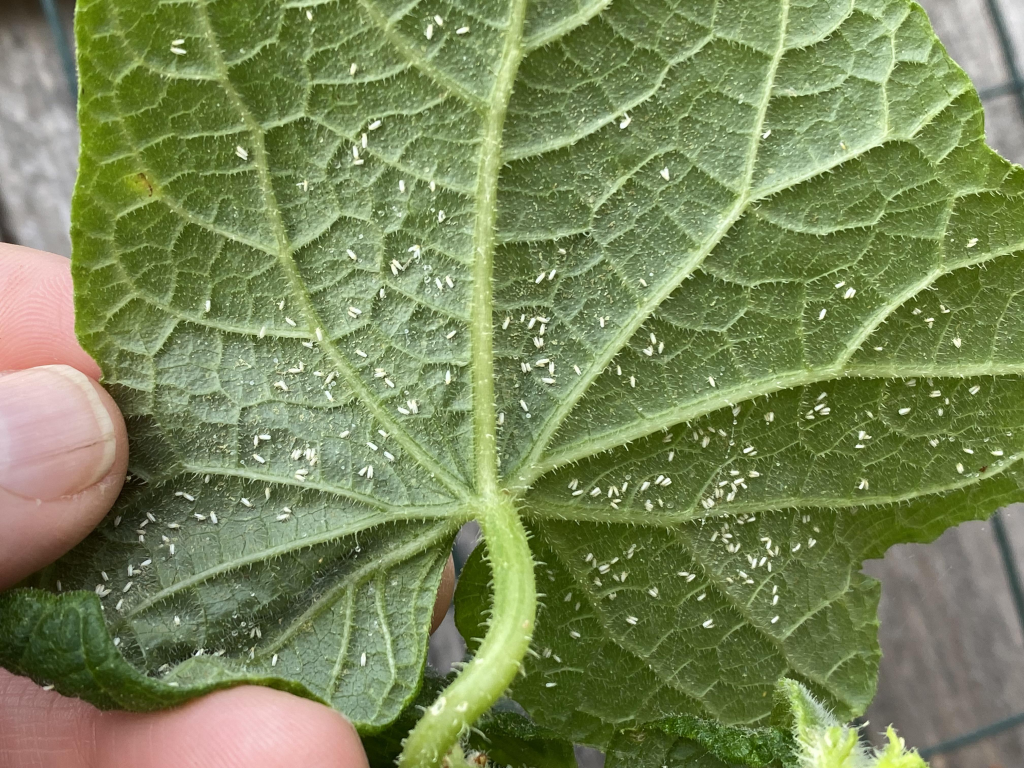
1. Aphids
These small insects suck sap from cucumber plants. If you notice sticky residue or curling leaves, check for aphids.
2. Cucumber Beetles
Cucumber beetles can cause significant damage to plants. Look for yellow or black striped beetles on your leaves.
3. Powdery Mildew
This fungal disease appears as white powder on leaves. Ensure good air circulation and avoid overhead watering to prevent it.
Propagating Cucumbers
If you’re interested in propagating cucumbers, you can easily save seeds from your harvested cucumbers. Here’s how:
1. Choose Ripe Cucumbers
Select fully mature cucumbers to ensure viable seeds.
2. Extract the Seeds
Cut the cucumber open and scoop out the seeds. Place them in a bowl with some water.
3. Ferment the Seeds
Let the seeds ferment for a few days to remove the gelatinous coating. Rinse and dry them thoroughly.
4. Store the Seeds
Store your dried seeds in a cool, dark place until you’re ready to plant them.
Wrapping Up
Hand pollinating cucumbers is a rewarding skill that can significantly enhance your gardening success. By learning how to hand pollinate cucumbers effectively, you can ensure a bountiful harvest, even in the absence of natural pollinators. Combine these techniques with proper care and maintenance of your cucumber plants, and you’ll be on your way to enjoying delicious homegrown cucumbers. Whether you’re a novice or a seasoned gardener, hand pollination is an essential technique that will help you maximize your cucumber production.
If you have any tips or questions about hand pollinating cucumbers, feel free to share in the comments below! Happy gardening!


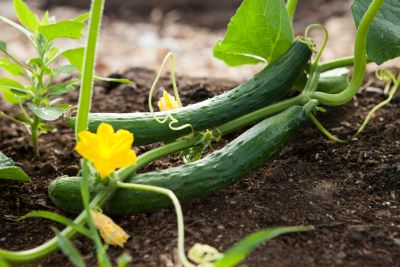
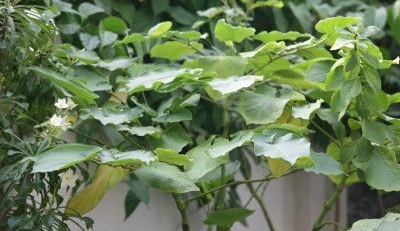
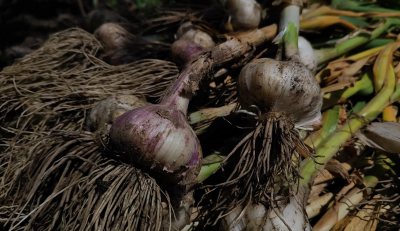
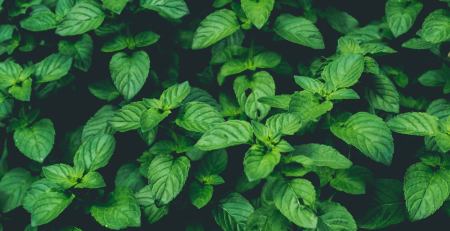
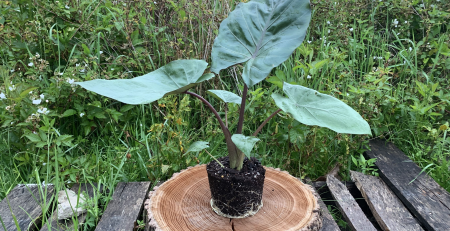
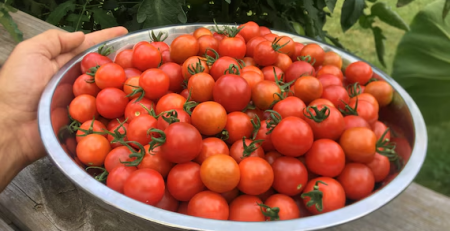
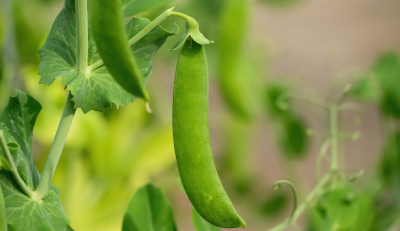
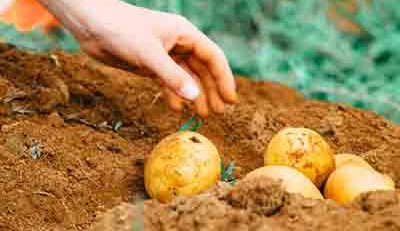
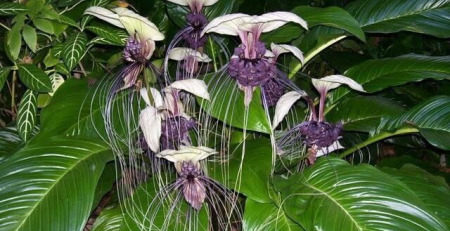
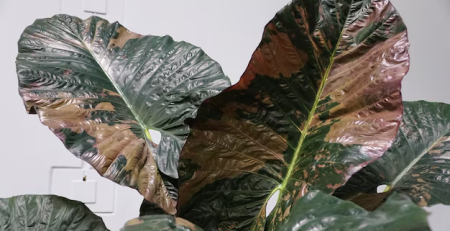

Leave a Reply